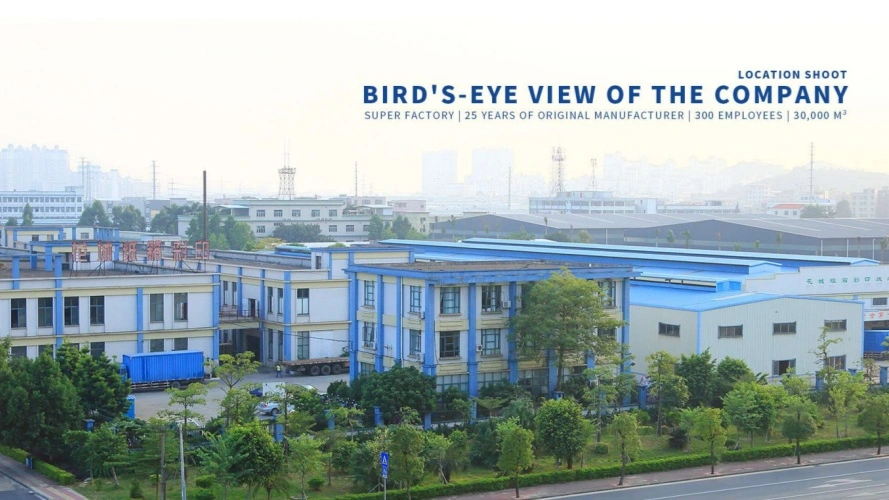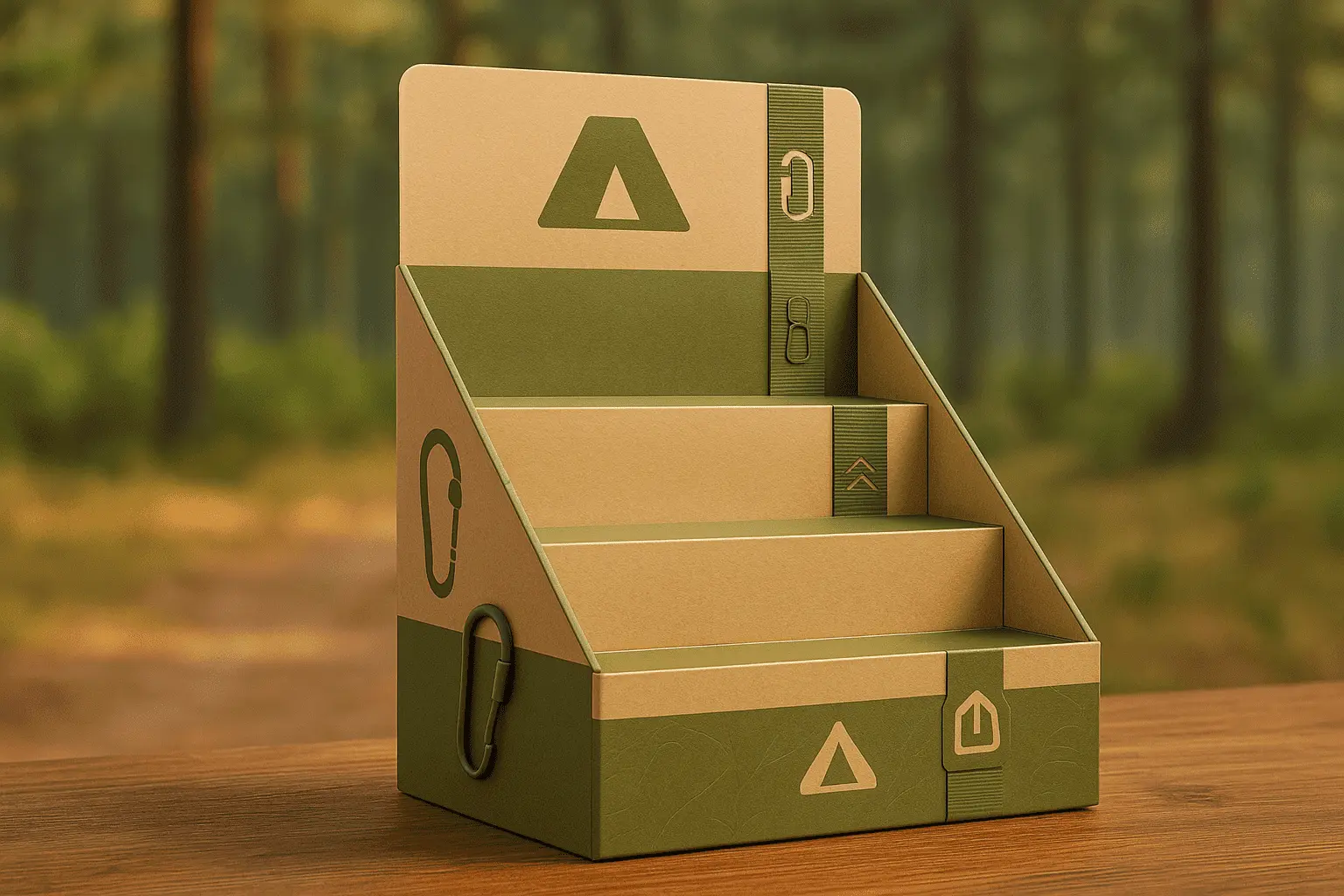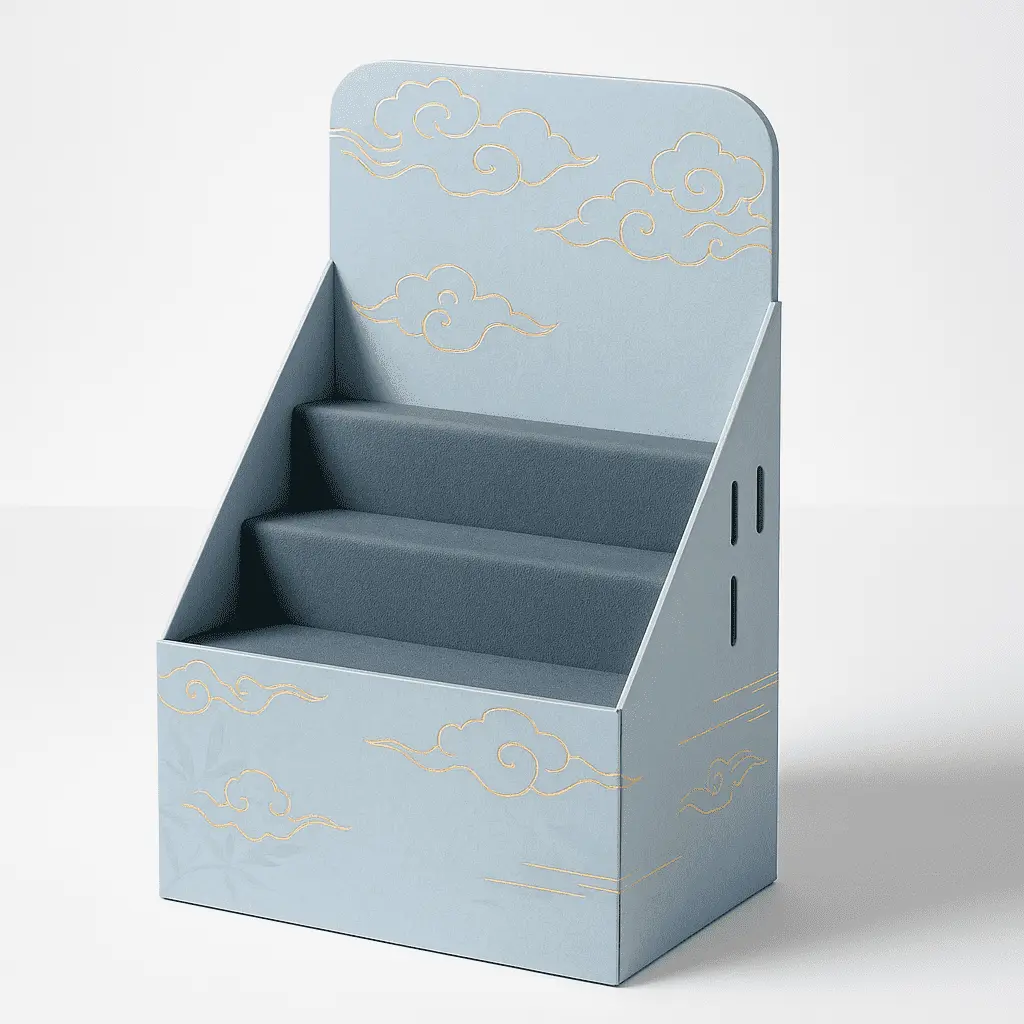The Rise of Corrugated Mailer Boxes in the Global Market
E-commerce Boom and Its Impact on Packaging Demands
The exponential growth of e-commerce has revolutionized the packaging industry, creating an unprecedented demand for reliable and efficient shipping solutions. Corrugated mailer boxes have emerged as a preferred choice for many online retailers due to their versatility and protective properties. These boxes offer a perfect balance between durability and lightweight construction, ensuring products arrive safely while minimizing shipping costs.
Moreover, the customizable nature of corrugated mailers allows brands to create unique unboxing experiences, enhancing customer satisfaction and brand loyalty. As e-commerce continues to expand globally, the demand for corrugated mailer boxes is expected to surge, driving innovation in design and manufacturing processes.
Sustainability Trends Driving Adoption
Environmental consciousness has become a pivotal factor in consumer purchasing decisions, compelling businesses to adopt more sustainable packaging solutions. Corrugated mailer boxes, often made from recycled materials and being fully recyclable themselves, align perfectly with this eco-friendly ethos. The biodegradable nature of these boxes addresses concerns about plastic pollution and landfill accumulation.
Furthermore, many countries are implementing strict regulations on single-use plastics, indirectly boosting the adoption of paper-based alternatives. This regulatory landscape, coupled with voluntary corporate sustainability commitments, is accelerating the transition towards corrugated packaging solutions across various industries.
Technological Advancements in Corrugated Packaging
The corrugated packaging industry is not resting on its laurels. Continuous technological advancements are enhancing the performance and appeal of corrugated mailer boxes. Innovations in coating technologies have improved moisture resistance, extending the application of these boxes to new sectors. Additionally, developments in printing techniques allow for high-quality graphics directly on corrugated surfaces, elevating brand presentation without the need for additional packaging elements.
Smart packaging solutions, incorporating QR codes or NFC tags, are also being integrated into corrugated mailers, offering enhanced tracking capabilities and interactive consumer experiences. These technological strides are positioning corrugated mailer boxes as a versatile and future-ready packaging solution.
Challenges and Opportunities for Plastic Alternatives
Durability and Weather Resistance
While corrugated mailer boxes are gaining traction, plastic alternatives still hold certain advantages, particularly in terms of durability and weather resistance. Plastic mailers have long been favored for their ability to withstand rough handling and protect contents from moisture. This resilience is especially valuable for items that require stringent protection or for shipments to regions with unpredictable weather conditions.
However, the packaging industry is witnessing innovations in corrugated materials that aim to bridge this gap. Water-resistant coatings and reinforced structures are enhancing the protective qualities of corrugated boxes, making them increasingly competitive with plastic alternatives across various applications.
Cost Considerations in Large-Scale Production
One of the historical advantages of plastic mailers has been their cost-effectiveness in large-scale production. The manufacturing process for plastic packaging often requires less energy and raw materials compared to corrugated mailer boxes alternatives, leading to potentially lower unit costs. This economic factor has been a significant driver for the continued use of plastic packaging in many industries.
Nevertheless, as economies of scale improve for corrugated packaging and as the true environmental costs of plastic are increasingly factored into business decisions, the cost gap is narrowing. Moreover, potential future regulations on plastic usage could shift the economic balance further in favor of corrugated solutions.
Adapting to Changing Consumer Preferences
The plastic packaging industry is not static in the face of changing market dynamics. Recognizing the shift in consumer preferences towards sustainable options, many plastic packaging manufacturers are exploring biodegradable or recyclable alternatives. These innovations aim to address environmental concerns while maintaining the benefits of traditional plastic packaging.
However, the challenge lies in creating solutions that are truly sustainable and easily recyclable within existing waste management systems. As consumers become more discerning about greenwashing, the onus is on plastic alternative manufacturers to deliver genuine eco-friendly solutions that can compete with the inherent sustainability of corrugated mailer boxes.
Future Outlook: Balancing Sustainability and Functionality
Hybrid Solutions and Material Innovations
The future of packaging likely lies in hybrid solutions that combine the best attributes of both corrugated and plastic materials. Researchers and manufacturers are exploring composite materials that offer the recyclability of paper-based packaging with the durability of synthetic materials. These innovations could lead to a new generation of mailer boxes that meet both environmental and performance criteria.
Additionally, advancements in bio-based plastics and other sustainable materials are blurring the lines between traditional categories. The packaging industry is witnessing the emergence of materials derived from agricultural waste, mycelium, and other renewable sources, potentially revolutionizing the concept of eco-friendly packaging.
Circular Economy and Extended Producer Responsibility
The concept of a circular economy is gaining traction globally, with implications for the packaging industry. This model emphasizes the importance of designing products for reuse, recycling, and minimal waste. Corrugated mailer boxes, with their high recyclability, align well with circular economy principles. However, the challenge lies in creating efficient collection and recycling systems to maximize the potential of these materials.
Extended Producer Responsibility (EPR) programs are also shaping the future of packaging. These initiatives place the onus on manufacturers to manage the entire lifecycle of their packaging, including disposal and recycling. As EPR policies become more widespread, they could further incentivize the use of easily recyclable materials like corrugated cardboard.
Consumer Education and Behavior Change
The success of sustainable packaging solutions, including corrugated mailer boxes, heavily depends on consumer awareness and behavior. Educating consumers about proper recycling practices and the environmental impact of their packaging choices is crucial. Brands and retailers have a significant role to play in this education process, potentially influencing purchasing decisions and disposal habits.
Moreover, as consumers become more environmentally conscious, there's a growing trend towards minimalist packaging and reusable solutions. This shift could lead to innovative designs in corrugated packaging that prioritize minimal material use while maintaining functionality. The ability of the packaging industry to adapt to these evolving consumer preferences will be key in shaping the future market landscape.
Conclusion
The global market forecast for corrugated mailer boxes versus plastic alternatives points towards a significant shift in the packaging industry. Driven by environmental concerns, regulatory pressures, and changing consumer preferences, corrugated solutions are poised for substantial growth. While plastic alternatives continue to offer certain advantages, the sustainability and versatility of corrugated mailer boxes position them as a strong contender for future dominance in the packaging sector. As technology advances and circular economy principles take hold, the packaging industry is likely to see continued innovation, blending functionality with environmental responsibility.
Contact Us
Are you looking to transition to more sustainable packaging solutions for your business? Guangzhou Huadu Fetching Color Printing and Packaging Co., Ltd. offers a wide range of customizable corrugated mailer boxes that combine durability with eco-friendliness. Let us help you make the switch to packaging that aligns with your sustainability goals and enhances your brand image. Contact us today at support@fetchingprinting.com to explore how our innovative packaging solutions can benefit your business and the environment.





